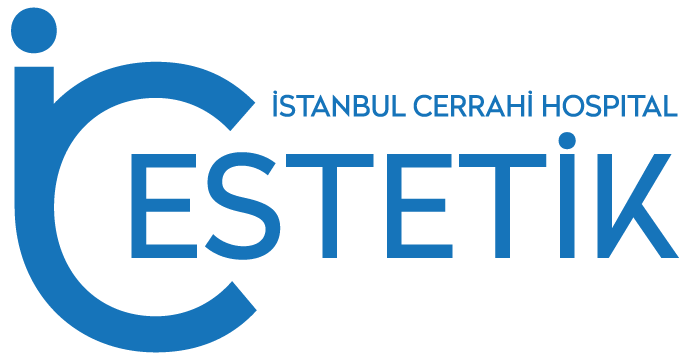Lasik Eye Surgery
LASIK is a widely known laser refractive surgery aimed at correcting vision issues, offering an alternative to glasses or contacts.
The procedure involves using a specialized laser to reshape the cornea, the transparent front part of the eye.
Vision Problems Corrected by LASIK
- Nearsightedness (myopia): Where distant vision is blurry due to the eyeball’s elongation or overly curved cornea.
- Farsightedness (hyperopia): Occurs when the eyeball is shorter than average or the cornea is too flat, resulting in blurry near vision and sometimes distant vision.
- Astigmatism: A condition where the cornea curves unevenly, impacting both near and distant vision.
How Lasik Works
In typical vision, the cornea refracts light accurately onto the retina at the back of the eye. However, in various vision issues, this refraction is incorrect, leading to blurred vision.
LASIK corrects this by reshaping the cornea, providing the necessary refraction to address vision problems.
Considering LASIK Surgery
If you currently wear glasses or contacts and are contemplating LASIK, your eye doctor will discuss whether this surgery or a similar refractive procedure is suitable for your condition.
Preparing for LASIK Surgery
Preparation Steps
- Understand the potential costs, as LASIK is often considered an elective procedure not covered by insurance.
- Arrange for transportation to and from the surgery as you might experience blurry vision and effects from medications afterward.
- Avoid eye makeup, creams, perfumes, or lotions before and on the day of surgery to minimize infection risks. Follow any specific eyelash cleaning instructions provided by your doctor.
Expectations Before the Procedure
Pre-Evaluation Guidelines
- Cease wearing contact lenses for several weeks before evaluation and surgery to allow the cornea to stabilize.
- Your doctor will conduct a comprehensive eye examination, considering your medical history, eye health, and corneal measurements to determine if LASIK is suitable for you.
- Evaluations will assess potential risks such as eye infection, inflammation, dryness, pupil size, and eye pressure.
- Wavefront-guided technology may be used to create a detailed map of your eye, aiding in precise measurements and surgery planning.
Surgery Process
- LASIK typically takes around 30 minutes.
- You’ll recline in a chair while numbing drops are administered to your eye.
- A suction ring may cause pressure and temporary vision dimming while the corneal flap is created.
- Using a laser or blade, the surgeon cuts and folds back a flap on your cornea, reshapes the cornea with a laser, and replaces the flap.
- You’ll focus on a light during the surgery while the laser reshapes the cornea. Some might notice an odor as tissue is removed.
- If both eyes need surgery, it’s often performed on the same day.
- These steps aim to guide individuals considering LASIK surgery through what to expect before and during the procedure, addressing various aspects such as preparation, evaluations, and the surgical process.
Post-Lasik Procedure Care
- Immediate Symptoms: Post-surgery, expect sensations like itching, grittiness, burning, and watery eyes, along with blurred vision. Pain is usually minimal, and vision begins recovering rapidly.
- Medication: You might receive pain medication or eye drops to ease discomfort for a few hours after surgery.
- Eye Shield: Your doctor may advise using a protective shield over your eye, especially at night, to aid healing.
Recovery Period
- Initial Vision: You’ll regain some vision immediately, but clarity might take time. While most experience good vision within days, complete healing and stabilization can take 2 to 3 months post-surgery.
- Follow-up Appointments: A checkup with your eye doctor 1 to 2 days after surgery is standard for monitoring healing and identifying potential issues. Expect additional follow-ups as recommended over the initial six months.
- Resuming Activities: Restrictions may apply before resuming certain activities like using cosmetics around the eyes, engaging in strenuous contact sports, swimming, or using hot tubs. Your doctor will provide guidance on when it’s safe to resume regular activities.
Adhering to your doctor’s instructions post-LASIK is crucial for ensuring optimal healing and a successful recovery.

